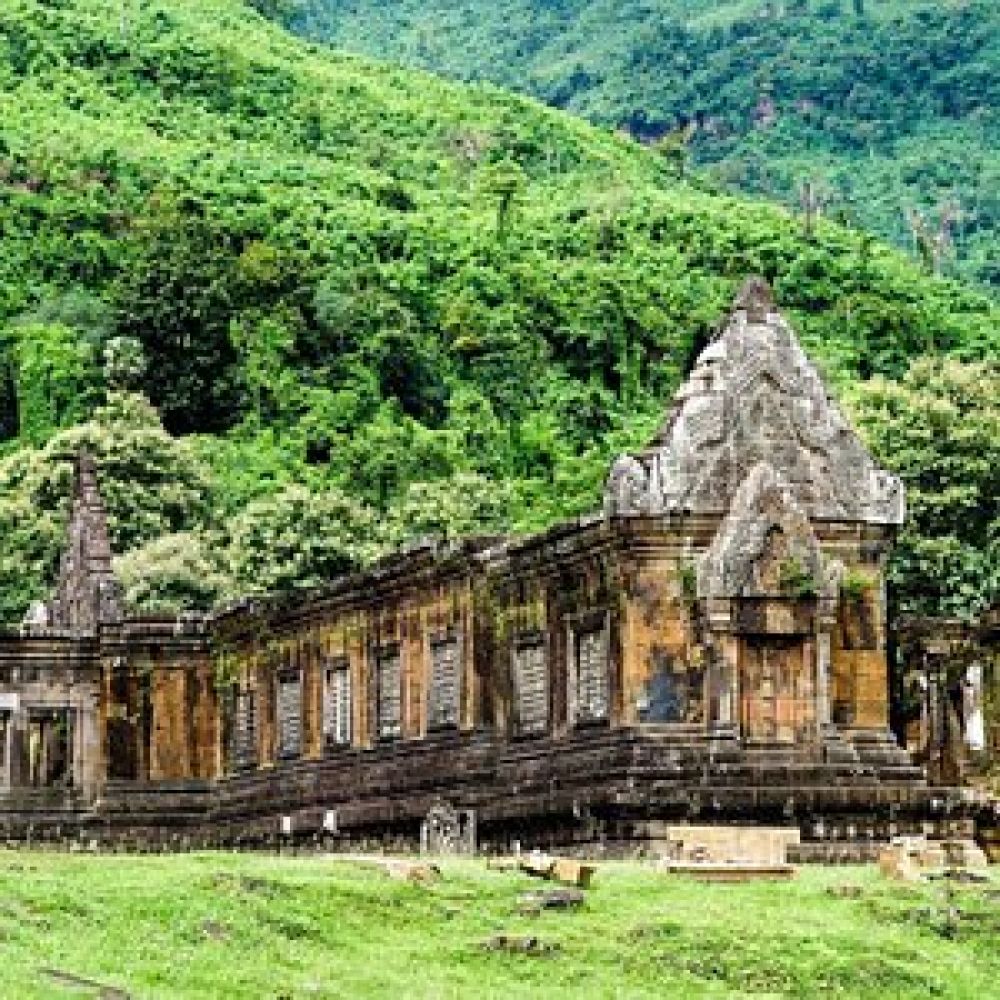

The Oum Moung Temple, also known as Vat Phou or Wat Phu, is a ruined Khmer Hindu temple complex located at the base of Mount Phou Kao in Champasak province, southern Laos. It is an example of the early classical period of Khmer architecture, dating back to the 7th to 12th centuries. This temple predates the famous Angkor Wat in Cambodia and has been a part of the UNESCO World Heritage Site of Vat Phou and Associated Ancient Settlements within the Champasack Cultural Landscape since 2001.
Historically, tourism at Oum Moung Temple began to gain international attention in the latter half of the 20th century. However, it wasn't until its UNESCO designation that a significant rise in visitor numbers was noted.
In recent years, sustainable tourism has become a significant trend in the region. Efforts have been made to preserve the cultural and environmental integrity of sites like Oum Moung while allowing visitors to appreciate its historical significance. Laos has encouraged community-based tourism that benefits local populations and fosters respect for traditional Laotian culture.
Additionally, there has been a shift towards experiential travel, where tourists seek more than just sightseeing opportunities; they are looking for authentic experiences that allow them to engage with local communities, cuisines, and daily life.
The rise of digital platforms has also influenced tourism at Oum Moung Temple, with virtual tours and online resources becoming more prevalent, especially during periods when travel is affected by global events like the COVID-19 pandemic. This has led to a greater awareness of the site and may result in increased visitation as travel restrictions ease.
Another emerging trend is the integration of Oum Moung into broader travel circuits that connect multiple cultural sites within Southeast Asia, creating a rich experience for history and culture enthusiasts.
Travelers to Oum Moung Temple should take note of several important insights: